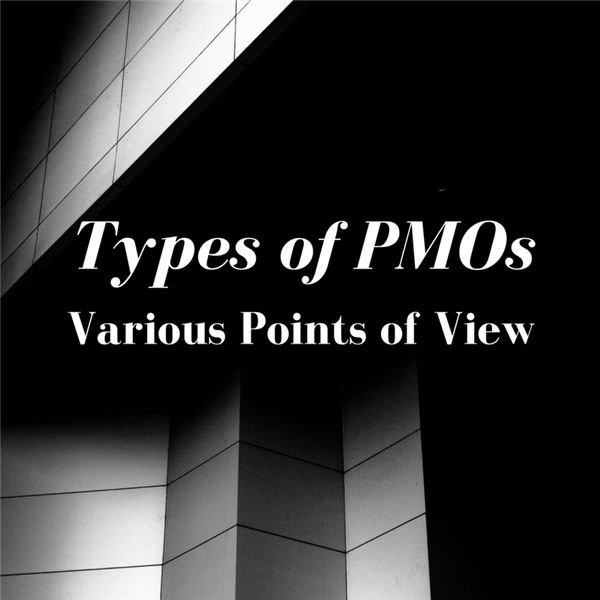PMO Types: Comparing Gartner and PMI Points of View
Gartner Point of View
First, Gartner emphasizes defining the roles of PMOs for results, and acknowledges that no one size fits all. Gartner outlines four broach styles of PMOs:
- The Activist PMO - Prevalent in enterprises with distributed, business-centric project ownership, the activist PMO takes an enabling, not controlling, approach to sharing project management best practices. Typically, it serves initially by vetting business cases and project proposals, provides a project portfolio dashboard with project status and history, and mentors or coaches with judicious oversight. The business areas typically fund and oversee the PMs, but the PMO is fully staffed. Project management best practices are documented and shared across business units.
- The Delivery PMO - The most common type of PMO the delivery PMO is primarily plans and controls the tactical execution of projects to achieve on-time and on-budget delivery of projects. PMs on the PMO staff manage their projects, make decisions and escalate problems. The focus is on results, as measured by end-user satisfaction and user adoption as well as developing repeatable processes and techniques that get results consistently.
- The Compliance PMO - Potentially suitable for organizations where documentation, processes, procedures and methodologies are lacking or inconsistent, the main objective is the establishment of standard practices for measuring project performance and status. Support is provided but compliance required to include adoption of specific methodologies and templates, use of specific forms and tools, conformance to governance, and application of other PMO-controlled rules. Regular reviews ensure compliance. Resistance to change and PMO control of projects is a key challenge and may require strong senior executive support.
- The Centralized PMO – Good for organizations with lower PM maturity, the centralized PMO provides the skills and abilities of key performers to get work done. The goal is to reduce any dependency on a few people and to establish reliable processes for project tracking and reporting over time. As a result, new hires can be quickly brought up to speed on how best to get project work done in the organization.
PMI Point of View
The PMI provides a somewhat simpler, yet similar, grouping of three types:
Supportive PMO – This “low control” PMO type provides forms, information, technical support and training to the project team without imposing control on their project or activities and support upon request. This provides a low level of control on projects and teams, but does provide a means for injecting unified standards in all projects.
Controlling PMO – This “moderate control” PMO type provides a unified framework for the organization, including methodologies, forms, and applications. The controlling PMO is used to provide a moderate level of control on activities, processes and procedures.
Directive PMO – This “high control” PMO type may even fully manage projects with by providing needed resources and support. The directive PMO provides a high degree of professionalism, and typically, every manager writes periodic reports to help guarantee a high level of consistency.
What type of approach does, or should, your PMO have? Is it effective?
This post is part of the series: Project Management Offices (PMOs)
Project Management Offices can be a great asset for an organization, a disaster that doesn’t work out well or even be counterproductive. The question is what can a PMO do that adds value and is a welcome capability to the organization, and not a burden to those who are trying to get things done?
